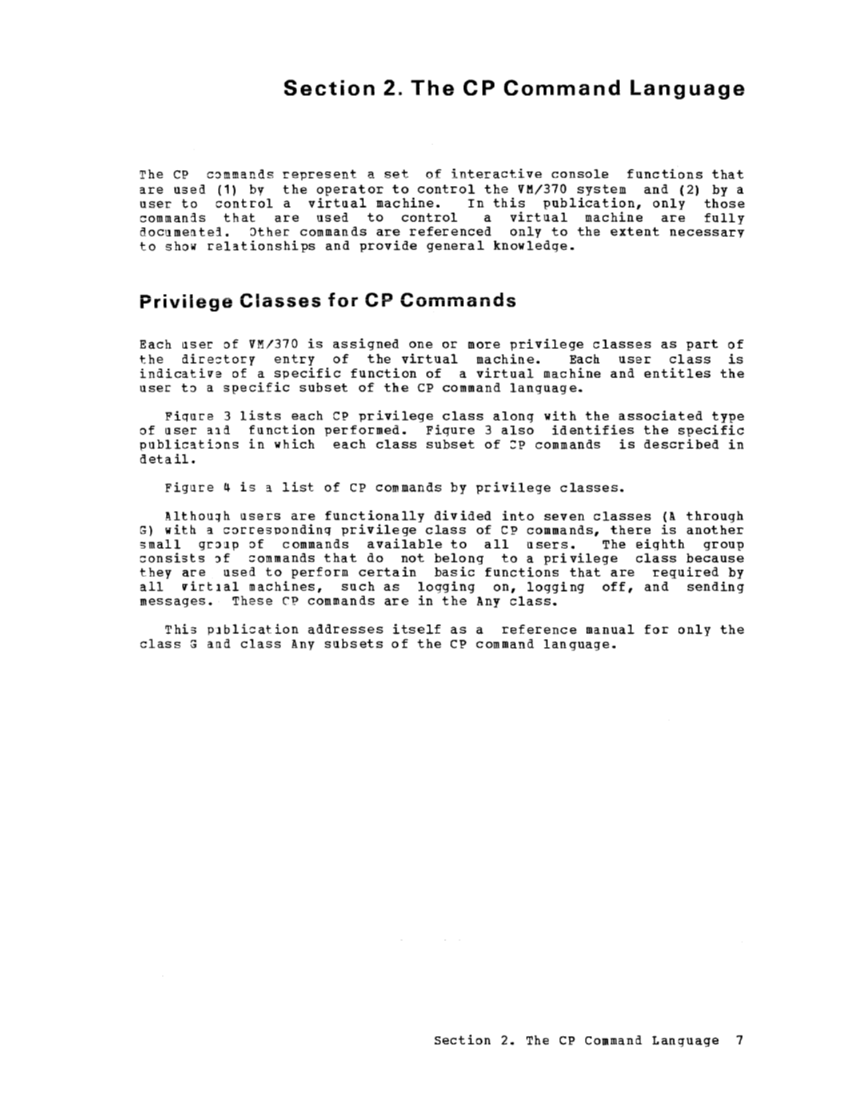The CP
are used (1)
user to control a virtual machine. In this publication, only those
to
Each
the
indicative of a specific function of a virtual machine and entitles the
of user
detail.
G) with
small
they
all
messages. These
class
section 2. The


Powered by Tizra® |